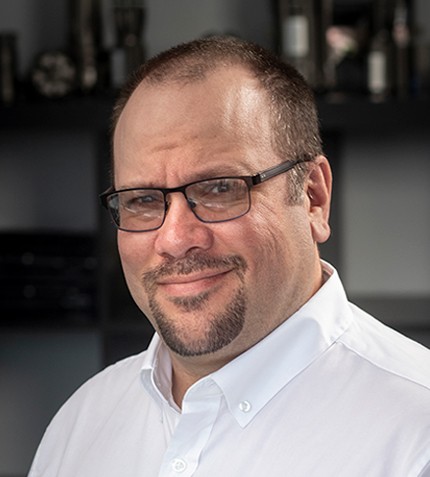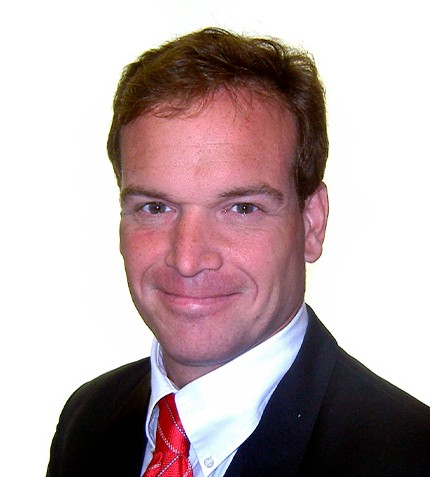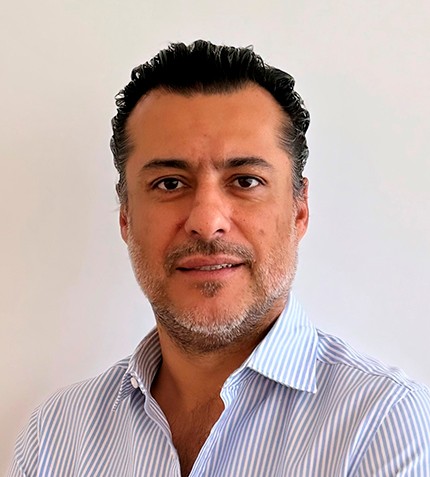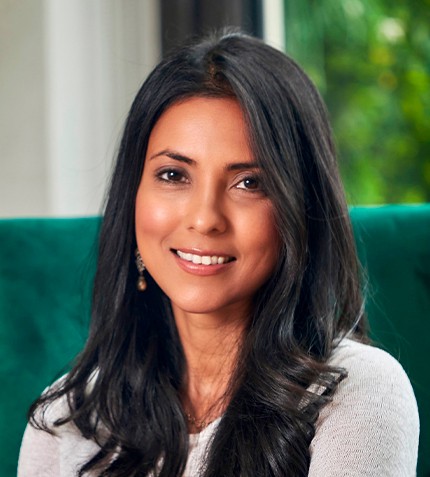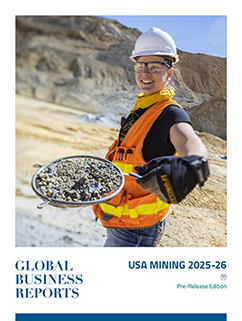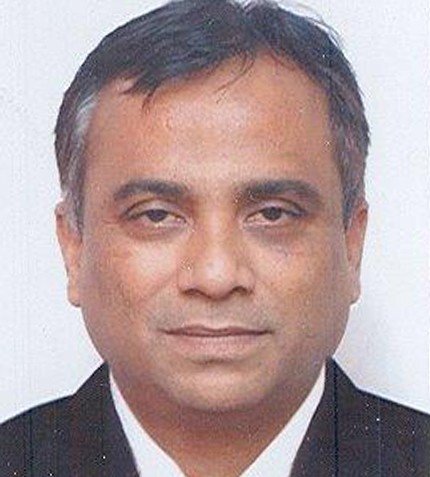
"Asian investors have the risk appetite to approach the DRC and they also tend to have a better understanding of the environment and how to make the most out of it."
Navin Dalmia
MANAGING DIRECTOR, RUBAMIN
What have been the main developments at Rubamin DRC in the last few years?
Rubamin is a central Indian supplier of different metals (zinc, tungsten, cobalt, and nickel) and the largest spent catalyzer recycler in India. Our history in the DRC started in 2004 when we established ourselves as a key copper blister producer. Despite the pandemic, we continued to grow, adding two electric arc furnaces, which brings our current numbers to a total of nine furnaces and a smelting capacity of 30-35,000 t/y. Starting in July 2022, we will begin a six months trial to install a concentrator. If the trial proves successful we will bring a higher capacity concentrator to upgrade copper oxide ore to feed our furnaces.
Can you elaborate on how the addition of a concentrator will improve your productivity?
Rubamin uses a pyrometallurgy process, but to operate in this way we need high grades of copper, which can be difficult to source. By adding a concentrator we can treat our raw materials to create higher copper grades that feed into our pyrometallurgy smelter. Whereas many other smelting players in the Congo have moved from pyrometallurgy to leaching, we can continue to use this chemical-free process. At the same time, we also want to bring in a leaching plant as a secondary facility, but the investment has been delayed by Covid. We hope to be able to start leaching by 2023-2024.
What are the main trends affecting the copper smelting industry in the Congo?
The DRC is the third-largest copper producing country with relatively cheap mining costs. Many of the existing mines are open pit and the copper grades remain exceptionally high, attracting a lot of international attention. Even if the country comes with its risks, the reward potential is huge. Asian investors have the risk appetite to approach the DRC and they also tend to have a better understanding of the environment and how to make the most out of it, arguably more so than their Western peers. Chinese and Indian investors continue to pour money into the country and I expect this will continue in the years to come. This is the main trend shaping the smelting industry. On the downside, weak electricity supply is a big challenge. Without the power issue, Congo could easily double national production.
How is the electricity challenge impacting Rubamin?
The power deficit is a big limitation and it often hampers our throughput targets. The DRC needs significant investments to solve this issue, but the problem is that, even when upgrades are made, the old infrastructure in place fails or is no longer compatible with the new one. Rubamin’s plants are connected to the national grid and we cannot work at full capacity because of the unreliable energy supply. Currently, we utilize about 60% of our total capacity due to power deficit.
Rubamin also has subsidiary businesses in contract services, notably drilling. How have these businesses performed in the last 1-2 years?
The market has drastically changed in the last few years, and the prevalence of Chinese mining houses has driven down prices to extreme lows, pushing many contractors out of business. Margins are delicate and it is difficult to offer high quality services at very low market prices, but our drilling business has survived and we are on a stagnant but stable path. We use our drilling rigs also for in-house capacity, so it makes sense to continue to operate. Meanwhile, our engineering services have been growing at 15-20% annually.
Rubamin as a parent company is very focused on sustainability. How does this play out in the DRC?
Unfortunately the sustainability and climate culture have not caught up in the DRC as much as in other parts of the world, but we implement a green mindset as part of our company’s culture and we try to bring this in the DRC even if it is not a requirement. In this way, when sustainable practices will become a pre-requisite, Rubamin will be more than ready for the shift. Rubamin is one of the first ISO 9001 and 45001 companies in the Congo.
What are your key objectives for the next five years?
Rubamin has been in the DRC for a long time and we want to remain here for much longer. Our vision is geared long-term, which means we take time and thoughtful consideration for every decision we make and we are ready for all the steps required to get where we want to. I’d like to see Rubamin reaching a 100,000 t/y capacity in the next five years, starting with an interim target of 50,000 t/y in the next three. Copper is our primary focus, but we will also be looking at cobalt concessions over time.
Do you have a final message?
For any foreign company looking at the DRC, I’d like to say that if you stay focused and give it your best, you will succeed. Our success in the country, in spite of any security or electricity challenges, is a good proof of it.




